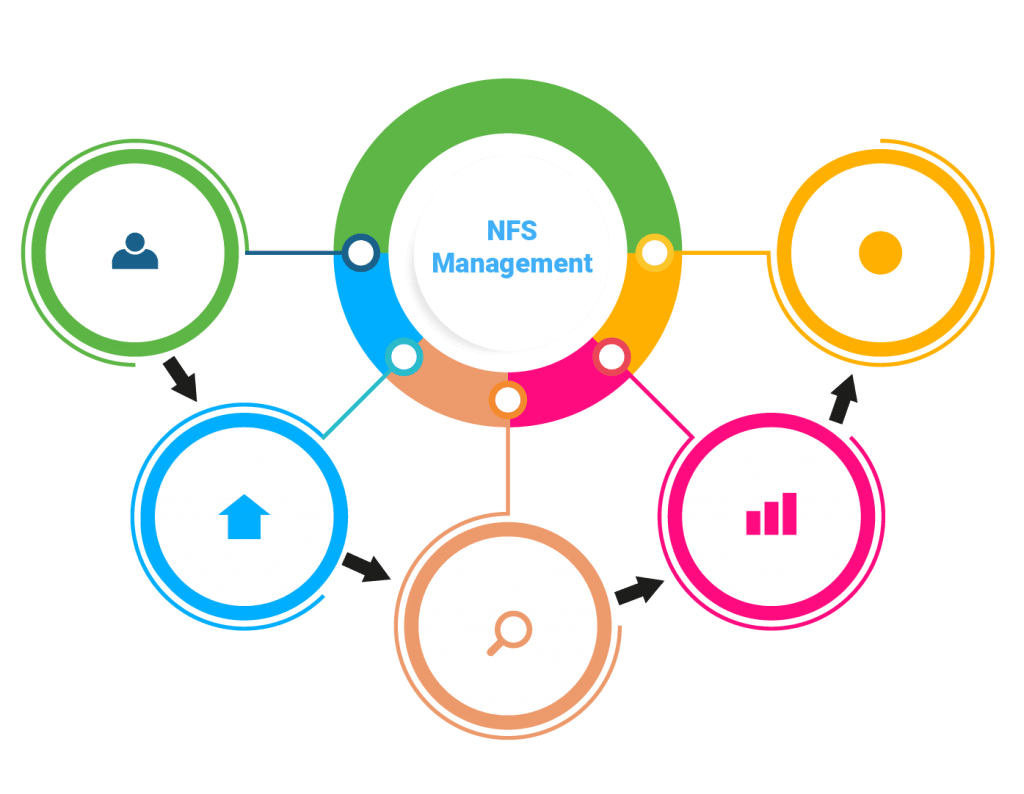This guide provides a 5-step process for structuring, managing and evaluating non-financial support. It also offers practical tools for providers. Additional information on this process can also be found in the report A Practical Guide to Adding Value Through Non-Financial Support, developed in 2015 by EVPA.

The first step consists of identifying the possible services that non-financial-support providers can offer to the SPOs and determining the type of non-financial support they can provide according to their investment strategy, investment thesis or theory of change, their assets, the costs, and available financial resources for non-financial support
Finally, it is essential to evaluate the effectiveness of non-financial support, the quality of the service, systematize lessons learned, and calculate its cost.

Once the goal pursued through non-financial support at a strategic level has been identified and the mapping of assets, costs, and financing has been performed, non-financial support providers must assess the needs of the SPO that they decide to support
The work plan is developed with non-financial support services that cover SPO’s needs according to its organizational readiness. The work plan will be based on the results of an in-depth evaluation of the SPO’s needs by the non-financial support provider, an SPO’s self-assessment (see step 2), and the prioritization of the intervention areas for non-financial support.
Depending on the type of services that providers select as part of their non-financial support, they can opt for multiple forms of delivery. In our research, six main forms of delivery were identified.
Finally, it is essential to evaluate the effectiveness of non-financial support, the quality of the service, systematize lessons learned, and calculate its cost.
Finalmente, es importante evaluar la efectividad del apoyo no financiero, la calidad del servicio, sistematizar los aprendizajes, y valorizar su costo.